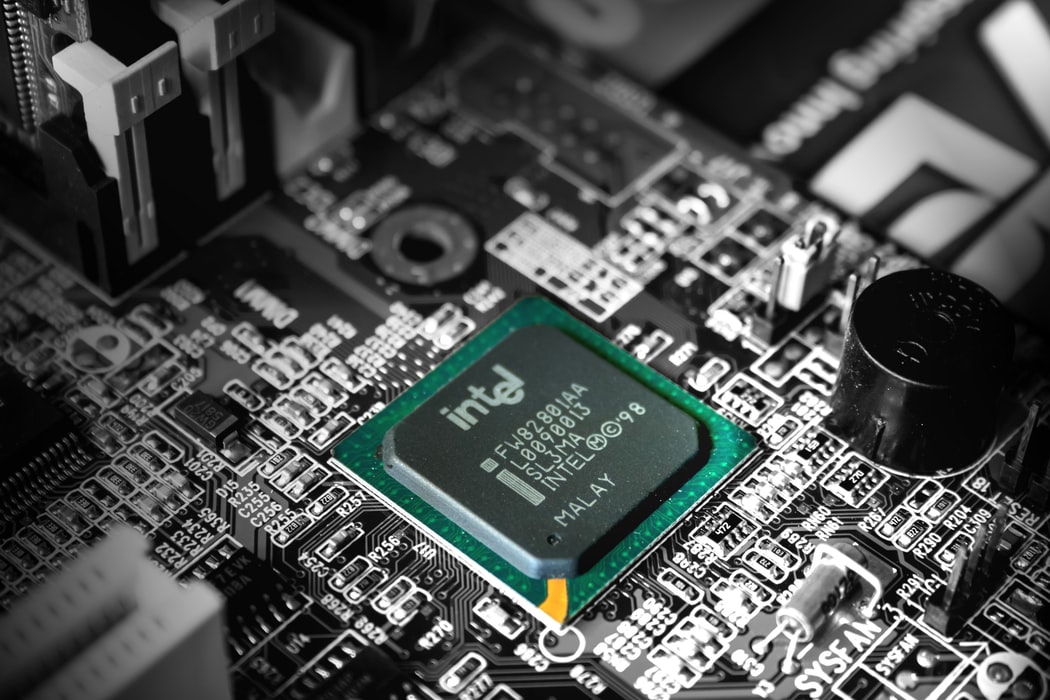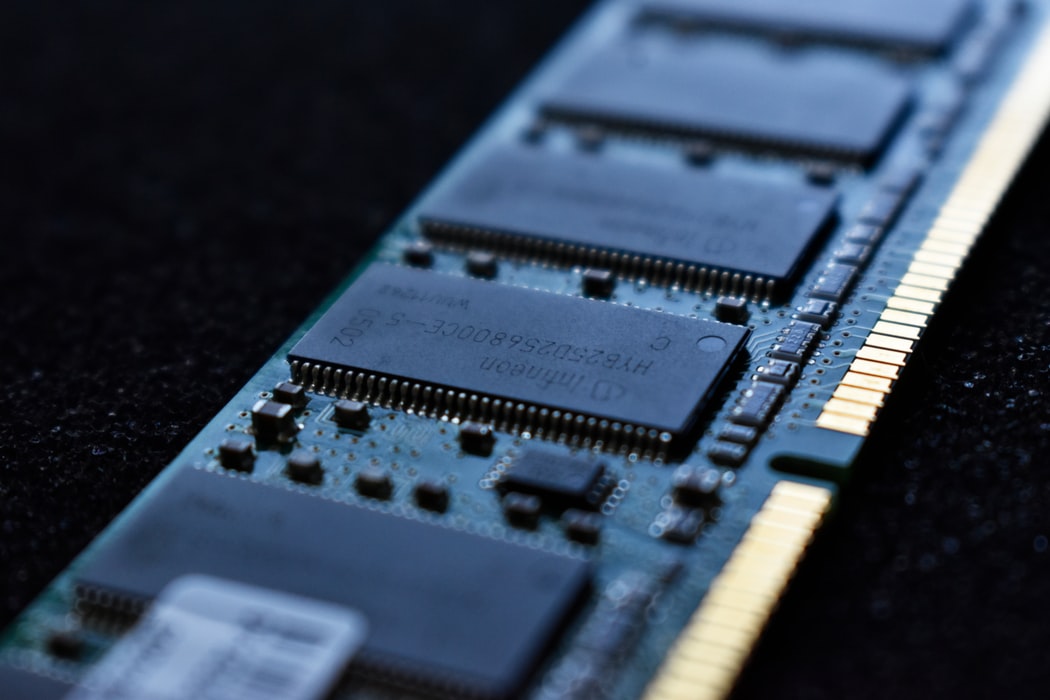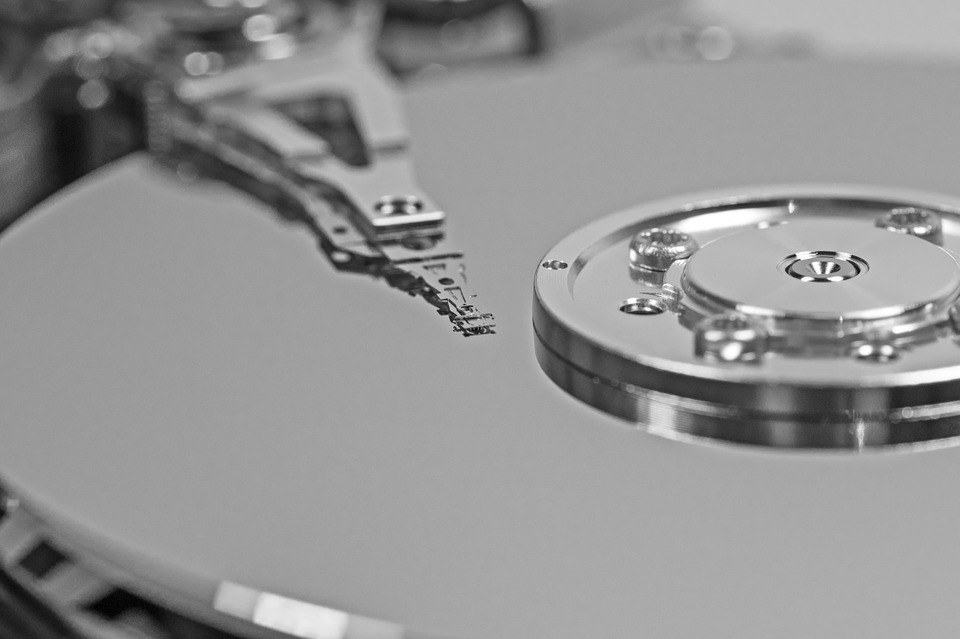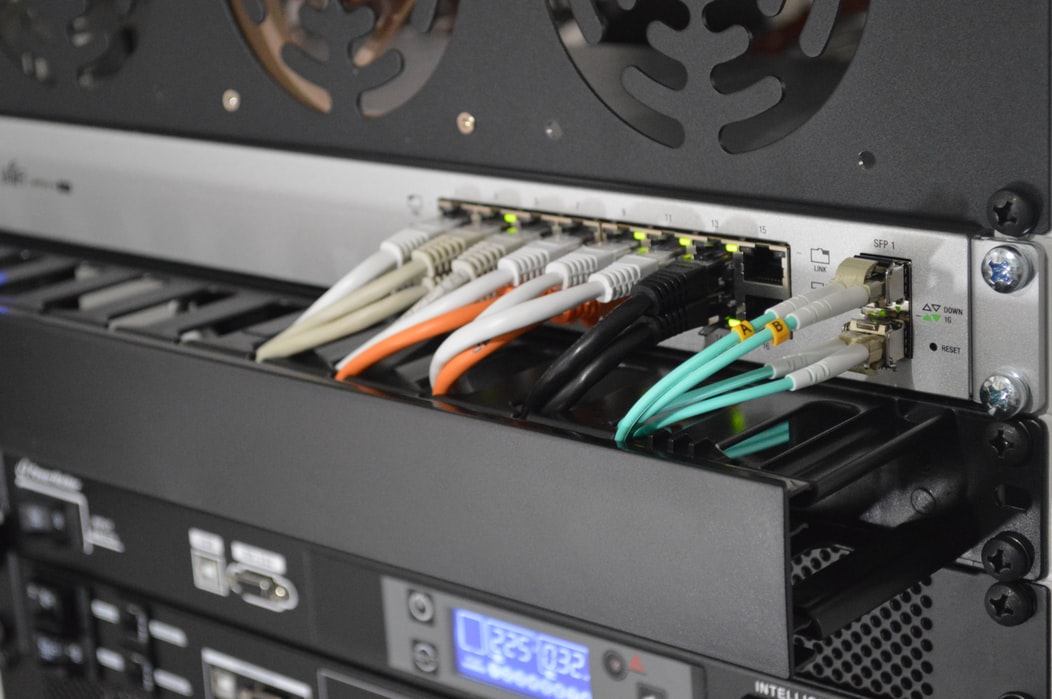How Do Servers Work?
The article you are reading was delivered to your browser over the internet. You clicked a link and the browser sent an HTTP network request. A webserver responded. It executed code which queried a database and built an HTML page from the data it gathered. The server then sent the results in an HTTP response. Your browser rendered the page and displayed it on the screen.
In this article we focus on one component of that process: the server, a computer in a data center that hosts the software that builds web pages, stores, and queries data, manages applications, and much more.
Our pledge during Computer Learning Month
ServerMania will be donating 10% of every new server order in October to Canada Learning Code. This organization designs, delivers, and partners on technology education for Canadians. In the words of CLC, “The world is changing, and we want Canada to be ready. We’re here to make sure that all Canadians — particularly women, girls, people with disabilities, Indigenous youth and newcomers — have access to the knowledge they need to prosper in our digital world.”
The Components of A Server
A server is a computer that includes the same components as any modern computer. It has components for the short-term and long-term storage of data, for executing code, and for sending and receiving network data. As we’ll discuss in a later section, server-grade components are more powerful and reliable, but they play the same roles as the components in your phone or laptop.
The Processor

The processor is the brains of the operation. It is responsible for executing code, carrying out billions of calculations each second. Modern processors have multiple cores that allow them to execute many instructions at the same time. The most powerful server processors have dozens of cores, and servers may have more than once processor. For example, the most powerful ServerMania dedicated servers are equipped with Intel Xeon E2650 v4 processors with 24 cores.
Processors also contain the fastest storage component in a server, the cache, which holds data that the processor needs to carry out the instructions it is executing now and in the near future. Server processors have more cache than consumer processors. The E2650 has 30 MB of cache.
RAM

A server’s RAM – also known as memory – stores the data the server is working with as well as the software it is running, including the operating system. You can think of it as the server’s short term memory.
RAM can read and write data much faster than even the fastest hard drives. Servers with more RAM are faster because they make more data available to the processor more quickly, rather than having to read it from a hard drive or SSD.
For example, a database server that can fit the contents of the database in memory can respond to queries without having to access the slower hard drive.
Storage

A server’s permanent storage is the least expensive and therefore largest datastore on the machine. It stores all of the data that the server needs on hand: the operating system, library and application code, and files and databases.
A server’s storage is made up of one or more storage devices, which might include traditional spinning hard drives and solid-state drives (SSDs). SSDs are faster and more expensive than hard drives.
It’s not always necessary for a server to contain the fastest possible storage. A server that hosts a database or that needs to read and write data quickly benefits from the fastest drives, but it may be more economical to choose less expensive hard drives for a file archive server where speed is less important.
A server’s storage typically includes a Redundant Array of Independent Disks (RAID) to improve redundancy and fault tolerance. For example, a RAID 5 array might have a pair of 1 TB disks. The array uses half of the storage for duplication and redundancy so the total available storage is 1 TB, but the array and the data will survive the failure of one of the drives. ServerMania’s server administrators are happy to set up any type of RAID array for our clients.
Bandwidth

Servers are, in essence, computers with always-on network connections. The speed and reliability of the network connection are critical to the performance of the server. ServerMania servers are equipped with a 1 Gbps unmetered network interface. With an unmetered network interface, clients are not billed for the amount of data they upload or download. They pay a flat fee for the network connection and can move as much data as they need to.
Unlike consumer networks, ServerMania’s data centers provide redundant network connections to major bandwidth providers. That allows us to offer a 100% Network Uptime Guarantee and to ensure that data travels to its destination via the fastest possible network route.
Server Components vs. Consumer Components
Servers contain more-or-less the same types of components as consumer devices, but they differ in power, reliability, and lifespan. Server components are engineered for reliability because they are expected to perform flawlessly, often for many years.
Server processors – Intel’s Xeon processors, for example – differ from consumer components in two main ways. Firstly, they are made from the highest quality parts and rigorous quality control is used to remove inferior parts from the production process. Second, they include more powerful features such as more cores, bigger caches, and additional hardware that allows them to function reliably under heavy load over the long term.
Server RAM also has features lacking in consumer-grade RAM. All ServerMania servers use high-quality Error-correcting code (ECC) RAM. ECC RAM can detect and correct data corruption. This is particularly important on servers that handle business-critical data, where a corrupted number in a financial transaction could be disastrous.
Similar attention is paid to the reliability of all of the components in a ServerMania server, ensuring that they are among the most reliable and trustworthy servers available.
Choosing the Best Server for Your Scenario
Servers are extremely versatile and customizable tools. They are available in a huge range of specifications, each suitable for a specific role. The ServerMania team is happy to build the perfect server for your business.
To learn more about servers, don’t hesitate to contact our sales team, who will be able to advise you about the perfect specifications for your server.
Was this page helpful?

